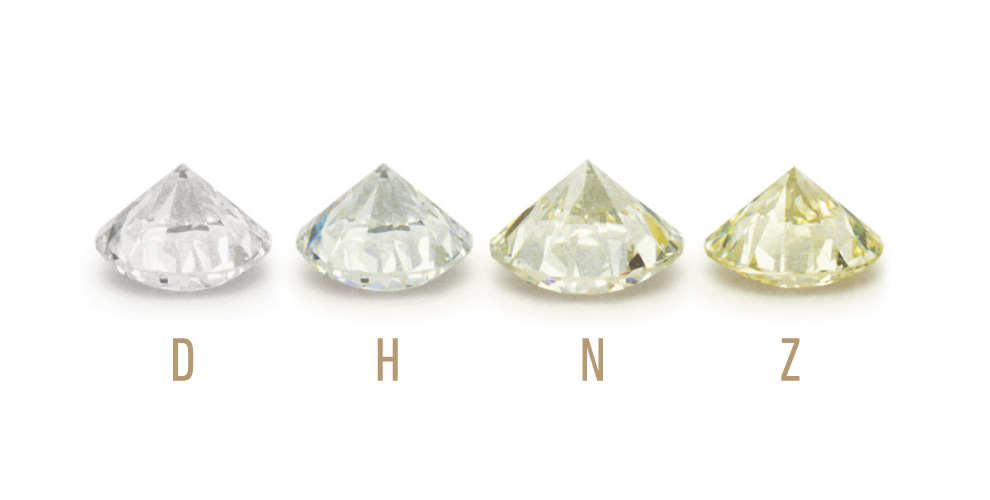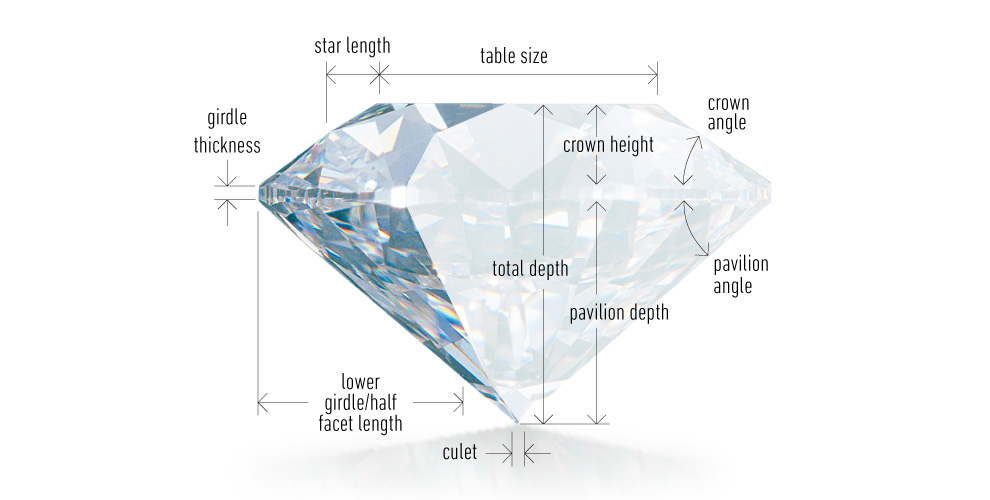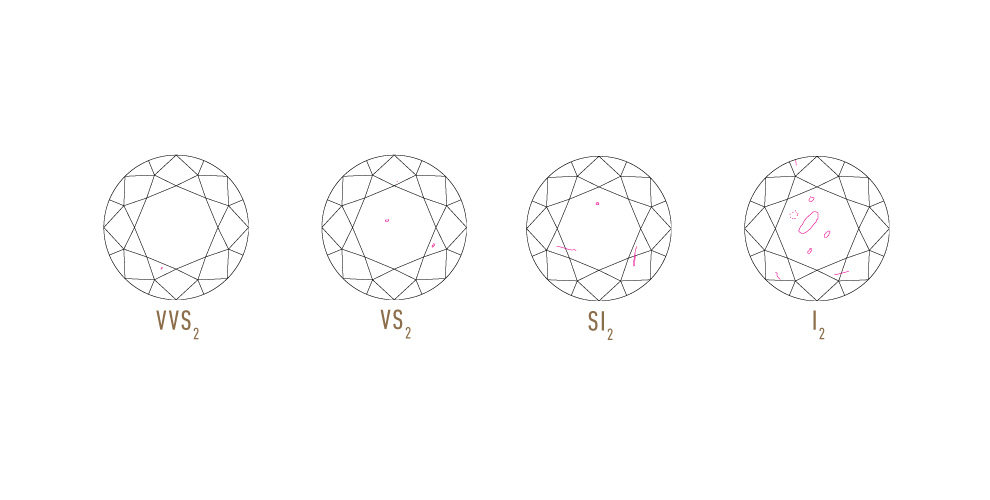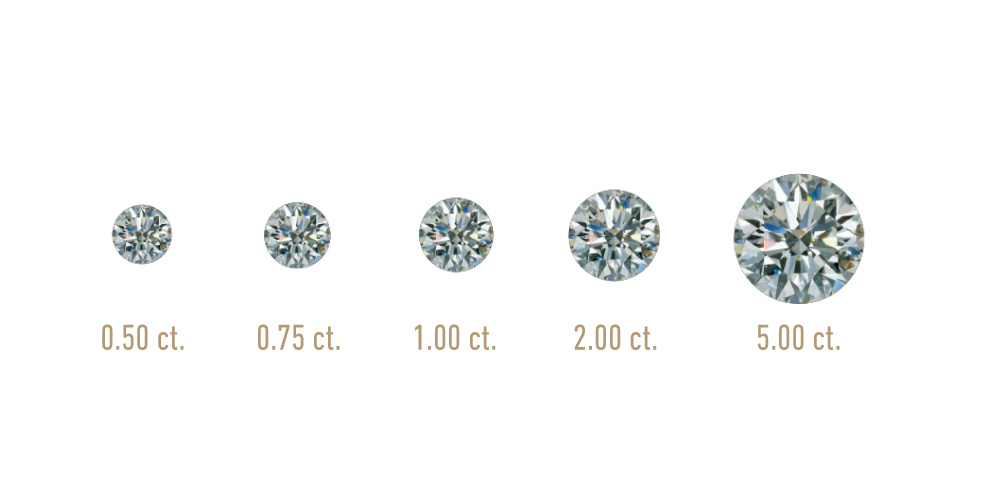
Some of the many different diamond shapes
At Wentworth's we take great care in choosing the absolute best diamonds for you. With many years experience in sourcing diamonds from around the world we can help you to find a stunning diamond to compliment your piece of jewellery.
Before choosing a diamond there are some things that you should know. Diamonds come in a variety of colours, cuts, clarity and carat sizes, commonly know as the 4C's.

Some of the many different diamond shapes
Color evaluation of most gem-quality diamonds is based on the absence of color. A chemically pure and structurally perfect diamond has no hue and consequently is a higher value. GIA’s D-to-Z diamond color-grading system measures the degree of colorlessness by comparing a stone under controlled lighting and precise viewing conditions to master stones of established color value. Many of these diamond color distinctions are so subtle that they are invisible to the untrained eye; however, these distinctions make a very big difference in diamond quality and price.

Diamonds are renowned for their ability to transmit light and sparkle. We often think of a diamond’s cut as shape (round, heart, oval, marquise, pear), but what diamond cut actually means is how well it's facets interact with light. Great skill is required to fashion a stone so its proportions, symmetry and polish deliver the best return of light . Achieving the best cut for a diamond reflects in the stone’s final beauty and value.

Natural diamonds are the result of carbon exposed to tremendous heat and pressure deep in the earth. This process can result in a variety of internal characteristics called ‘inclusions’ and external characteristics called ‘blemishes.’ Evaluating diamond clarity involves determining the number, size, relief, nature, and position of these characteristics, as well as how these affect the overall appearance of the stone. The GIA Diamond Clarity Scale has 6 categories, some of which are divided, for a total of 11 specific grades.
Flawless (FL) No inclusions and no blemishes visible under 10x magnification
Internally Flawless (IF) No inclusions visible under 10x magnification
Very, Very Slightly Included (VVS1 and VVS2) Inclusions so slight they are difficult for a skilled grader to see under 10x magnification
Very Slightly Included (VS1 and VS2) Inclusions are observed with effort under 10x magnification, but can be characterized as minor
Slightly Included (SI1 and SI2) Inclusions are noticeable under 10x magnification
Included (I1, I2, and I3) Inclusions are obvious under 10x magnification which may affect transparency and brilliance

Diamond carat weight measures how much a diamond weighs. A metric “carat” is defined as 200 milligrams. Each carat is subdivided into 100 ‘points.’ This allows very precise measurements to the hundredth decimal place.
A jeweler may describe the weight of a diamond below one carat by its ‘points’ alone. For instance, the jeweler may refer to a diamond that weighs 0.25 carats as a ‘twenty-five pointer.’ Diamond weights greater than one carat are expressed in carats and decimals. A 1.08 carat stone would be described as ‘one point oh eight carats.’
All else being equal, diamond price increases with diamond carat weight because larger diamonds are rarer and more desirable. However, two diamonds of equal carat weight can have very different values (and prices) depending on Color, Clarity, and Cut.
